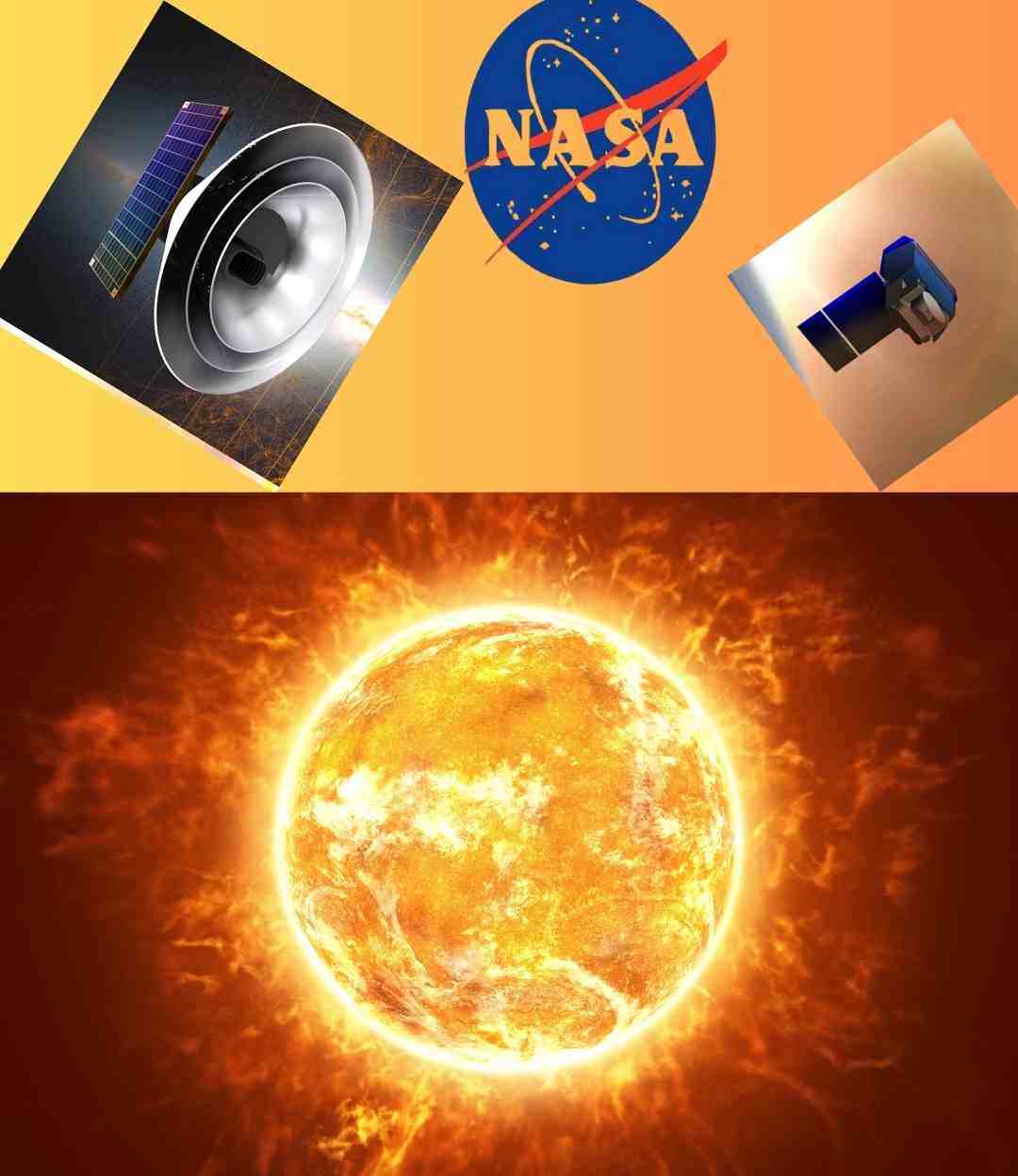NASA’s SPHEREx and PUNCH Mission: Exploring the Universe and the Sun
On March 11, 2025, NASA successfully launched two significant missions—SPHEREx and PUNCH—aboard a SpaceX Falcon 9 rocket from Vandenberg Space Force Base in California.
SPHEREx, short for Spectro-Photometer for the History of the Universe, Epoch of Reionization, and Ices Explorer, is a space-based telescope designed to map the entire sky over its two-year mission. Weighing approximately 1,110 pounds, SPHEREx will survey over 450 million galaxies and more than 100 million stars in the Milky Way. Its primary objectives include studying the origins of the universe, the evolution of galaxies, and searching for water and organic molecules—key ingredients for life—in our galaxy.
The telescope employs near-infrared detectors capable of distinguishing 102 colors invisible to the human eye, allowing it to create a comprehensive 3D map of the cosmos. This panoramic view complements the detailed observations made by other NASA telescopes, such as Hubble and James Webb.
Accompanying SPHEREx were four smaller satellites comprising the PUNCH mission (Polarimeter to Unify the Corona and Heliosphere). PUNCH aims to study the Sun’s outer atmosphere, known as the corona, and how it transitions into the solar wind—a stream of charged particles that affects space weather and can impact satellites and astronauts.
By observing the Sun’s corona and the solar wind, PUNCH seeks to enhance our understanding of space weather phenomena, potentially leading to better prediction and mitigation strategies for events that could disrupt technological systems on Earth.
Why NASA’s SPHEREx and PUNCH Missions Matter
NASA’s latest missions, SPHEREx and PUNCH, aim to answer big questions about the universe and the Sun. These space-based observatories will help scientists understand how the cosmos began, how galaxies evolved, and how the Sun affects Earth.
How Do These Missions Work?
🔭 SPHEREx: The Space Telescope That Maps the Universe
- SPHEREx (Spectro-Photometer for the History of the Universe, Epoch of Reionization, and Ices Explorer) is a telescope that will scan the entire sky every six months for the next two years.
- It will observe galaxies, stars, and planets in infrared light, which is invisible to the human eye but can reveal hidden details about cosmic history.
- By measuring light in 102 wavelengths, it will create a 3D map of the universe, helping scientists understand:
- How the universe expanded after the Big Bang.
- How galaxies formed and evolved over time.
- Where water ice and organic molecules exist in our Milky Way, which are essential for life.
☀️ PUNCH: Watching the Sun’s Impact on Space
- PUNCH (Polarimeter to Unify the Corona and Heliosphere) consists of four small satellites that will study the Sun’s outer atmosphere (corona) and how it turns into the solar wind—a continuous stream of charged particles that spreads through space.
- It will track solar storms and coronal mass ejections, which can cause space weather events that:
- Disrupt satellites and GPS signals.
- Affect astronaut safety in space.
- Cause power outages on Earth.
Why Are These Missions Important?
🌌 SPHEREx Helps Us Understand the Universe
- It will provide clues about the first moments of the universe, helping us understand how everything began.
- The mission will also find ingredients for life in space, bringing us closer to answering whether we are alone in the universe.
🌞 PUNCH Protects Earth from Space Weather
- The Sun’s activity can disrupt technology on Earth.
- By studying how solar winds and storms form, PUNCH can help scientists predict and prepare for space weather events.
🚀 Together, these missions expand our knowledge of both deep space and our own solar system, making space exploration more exciting than ever!







